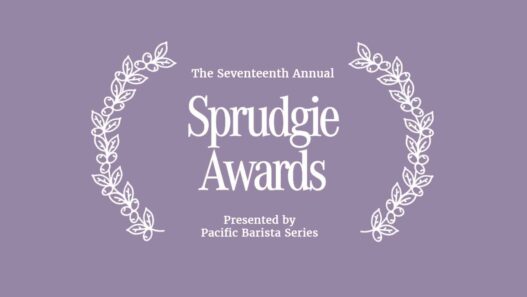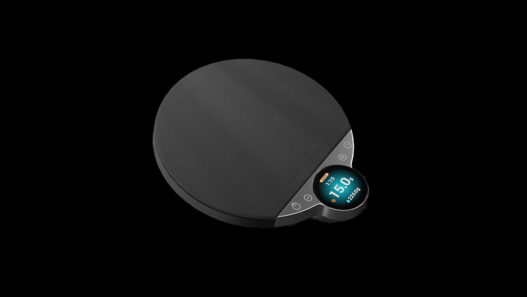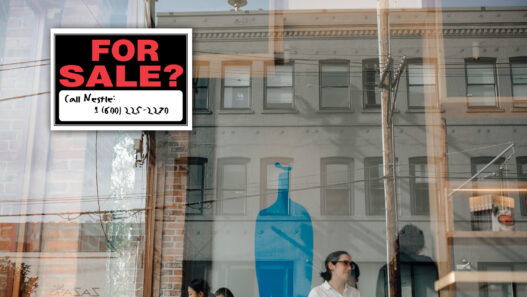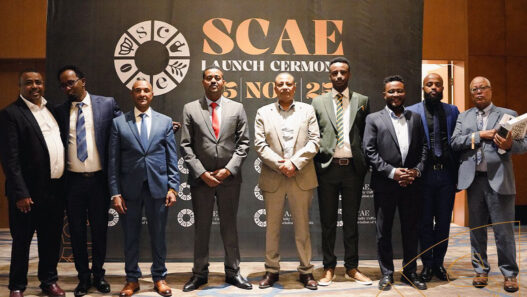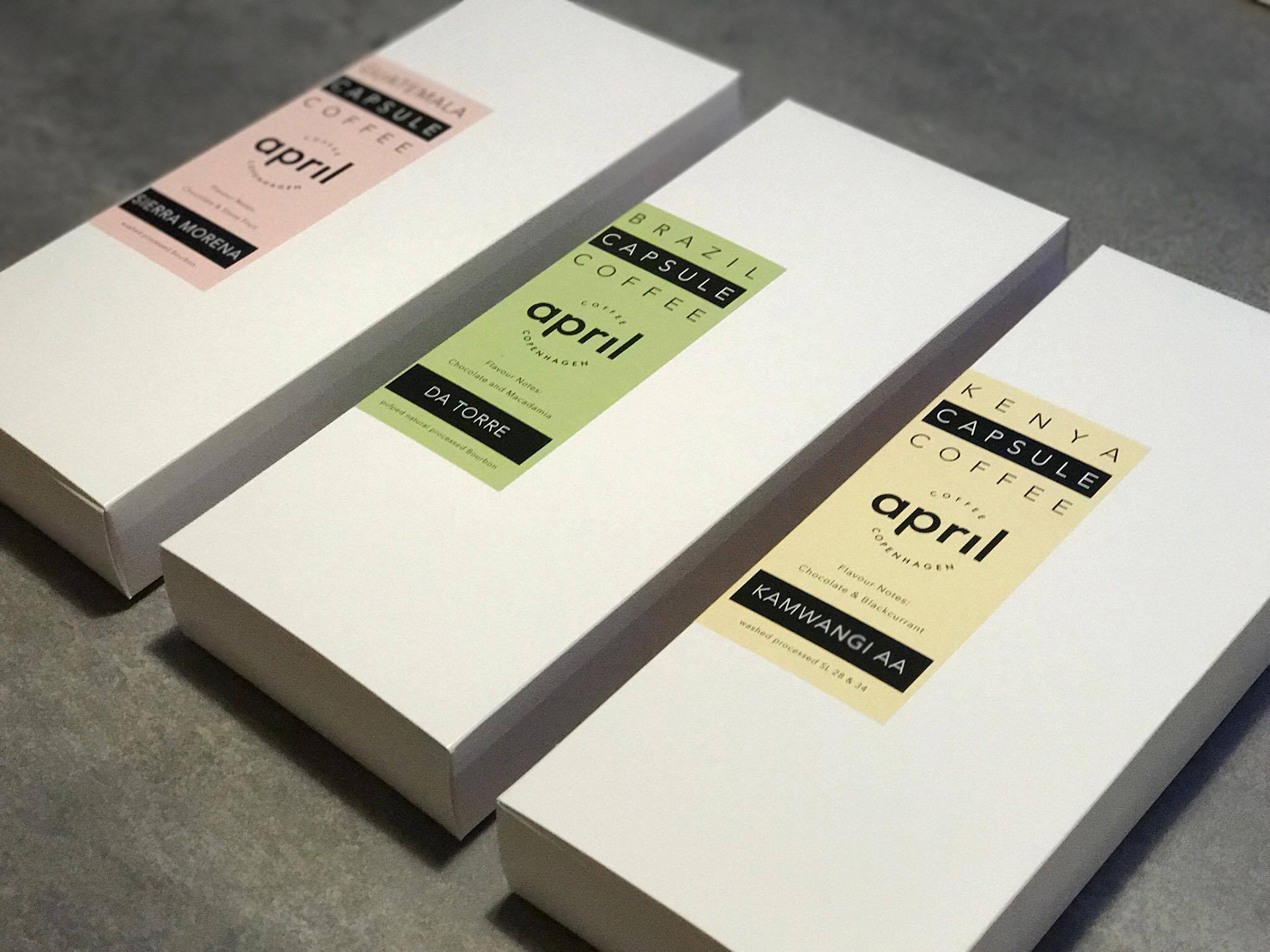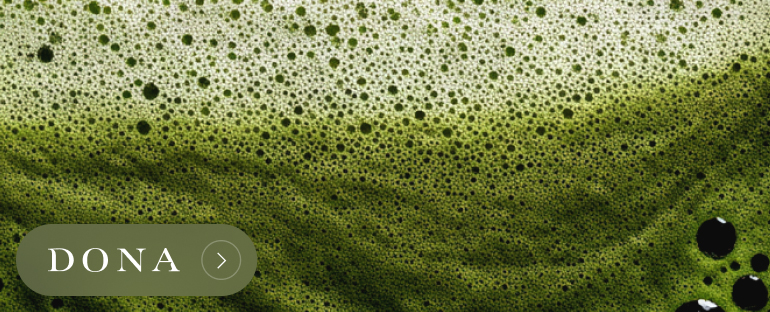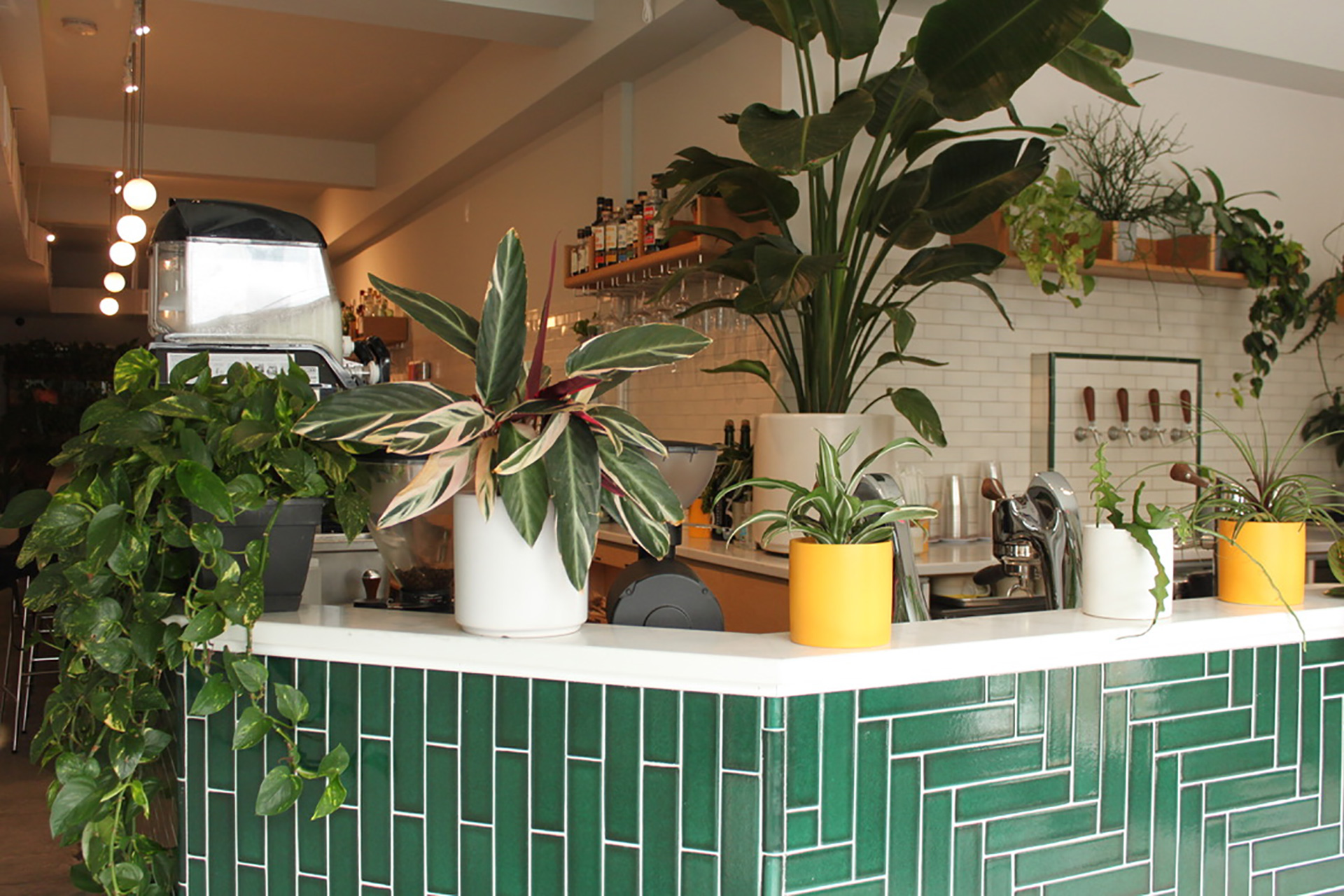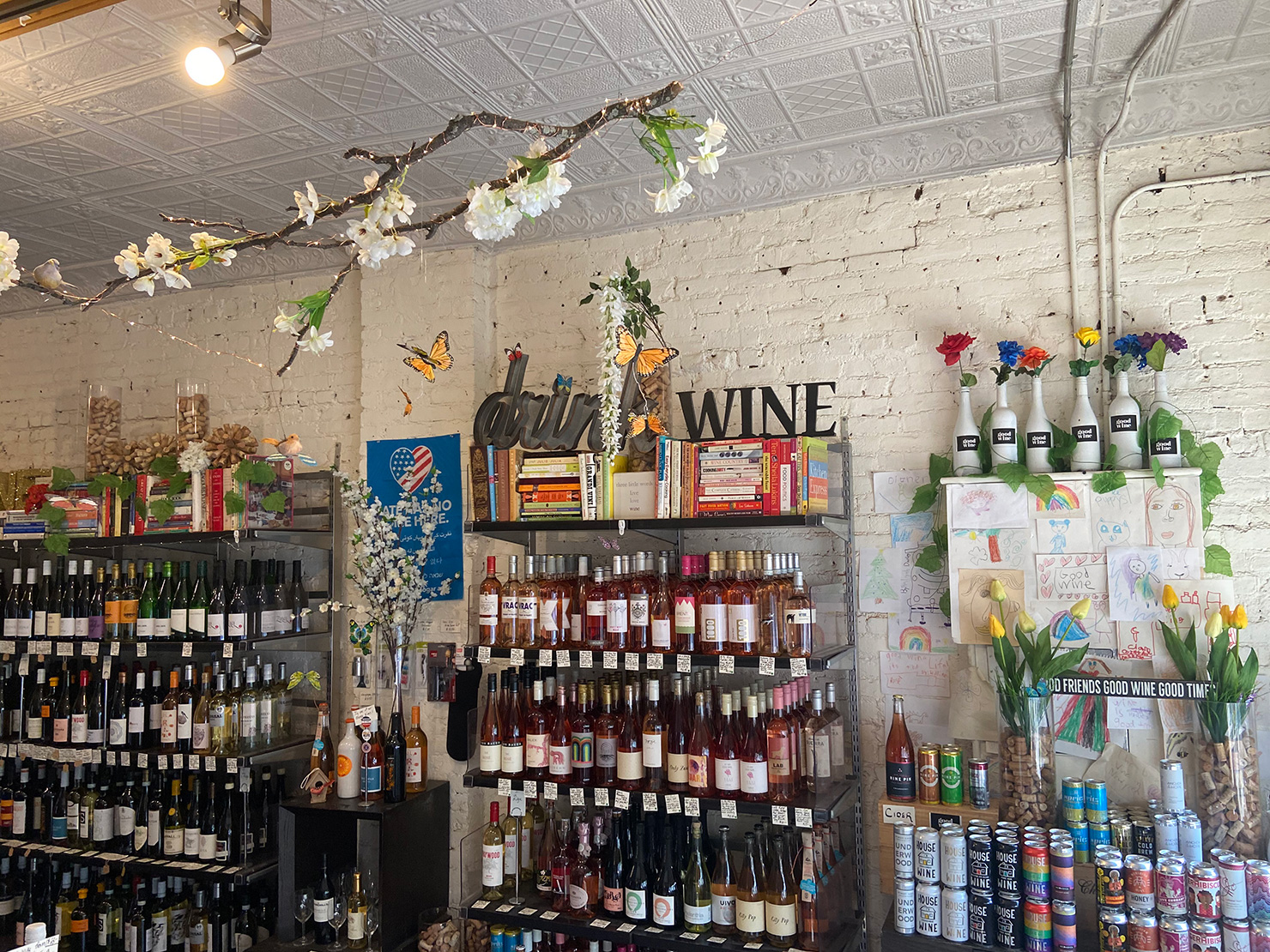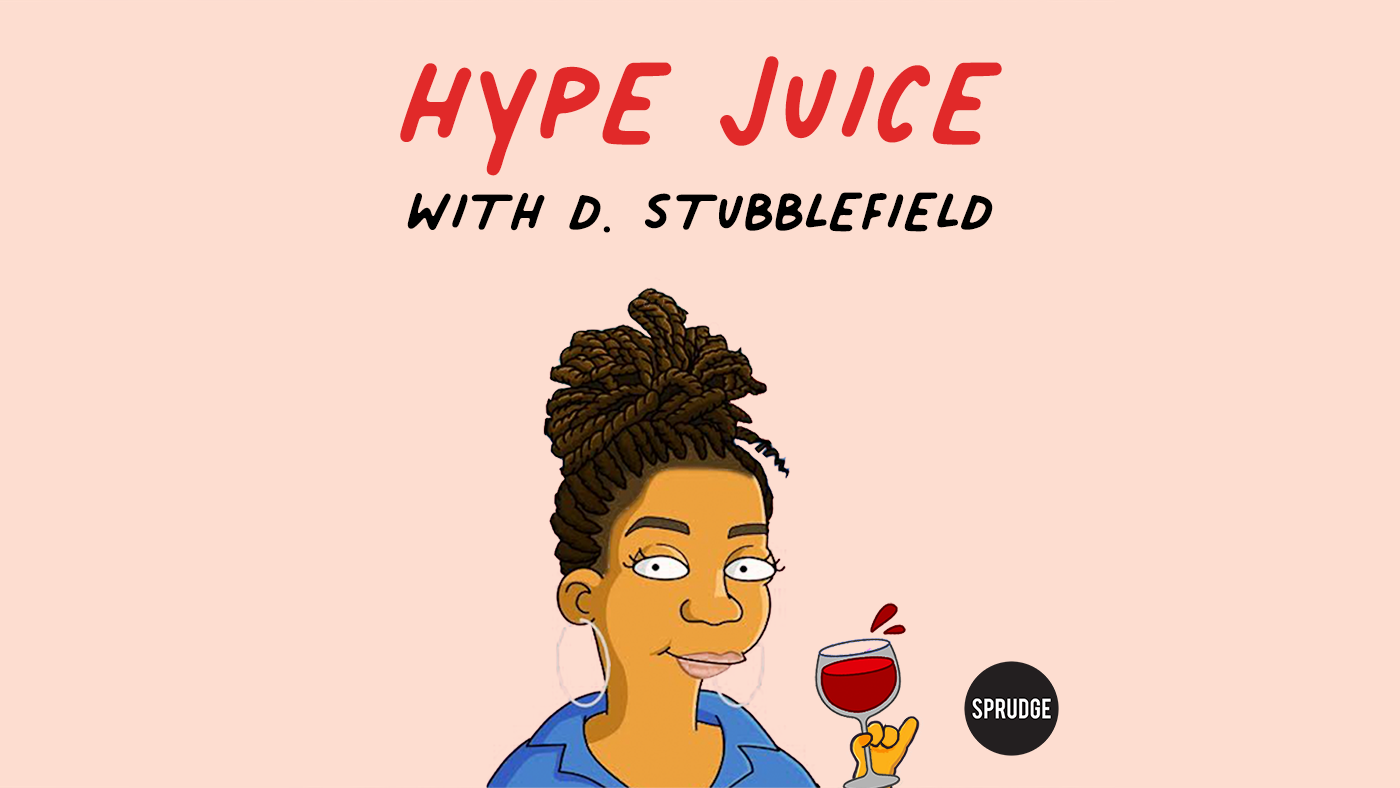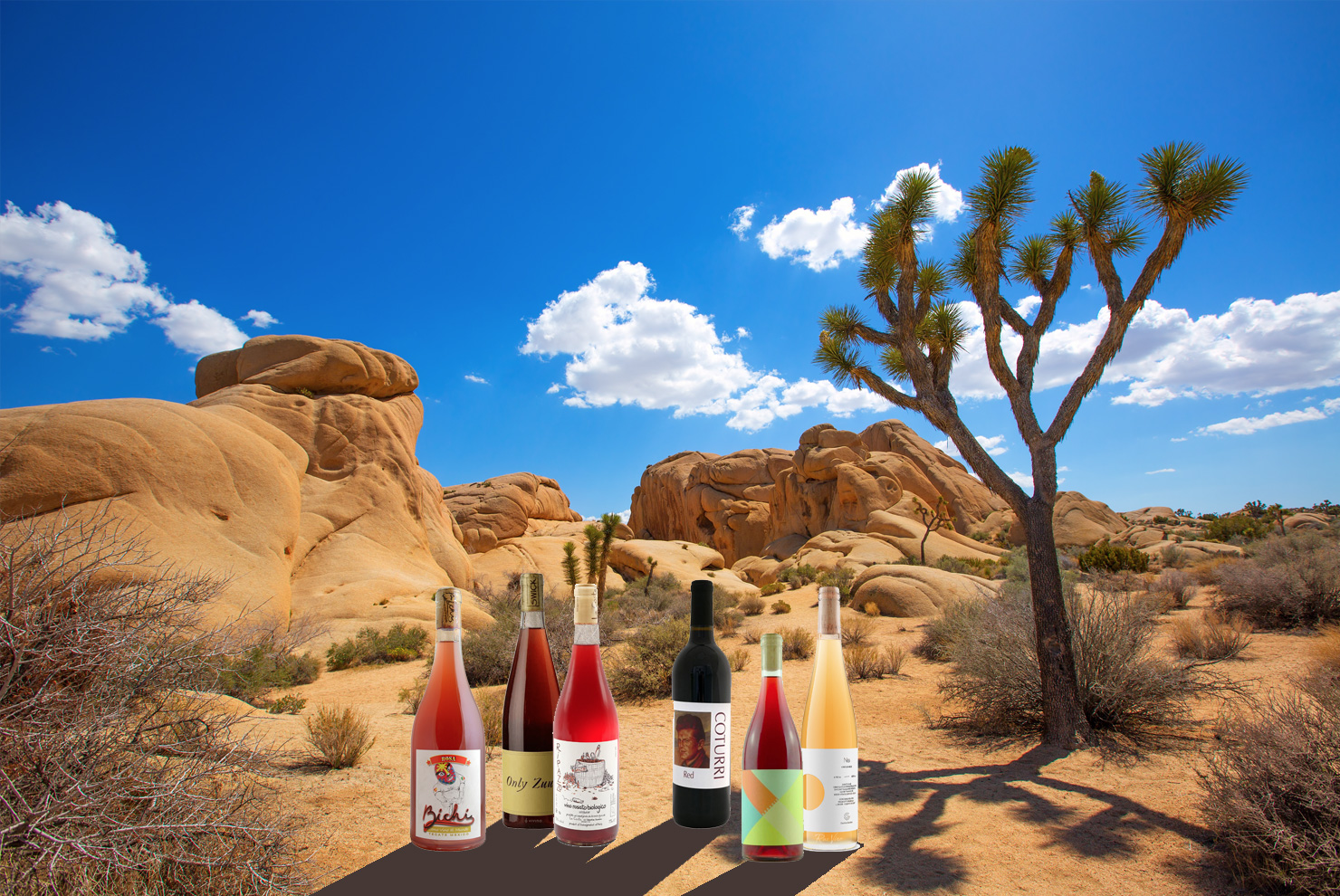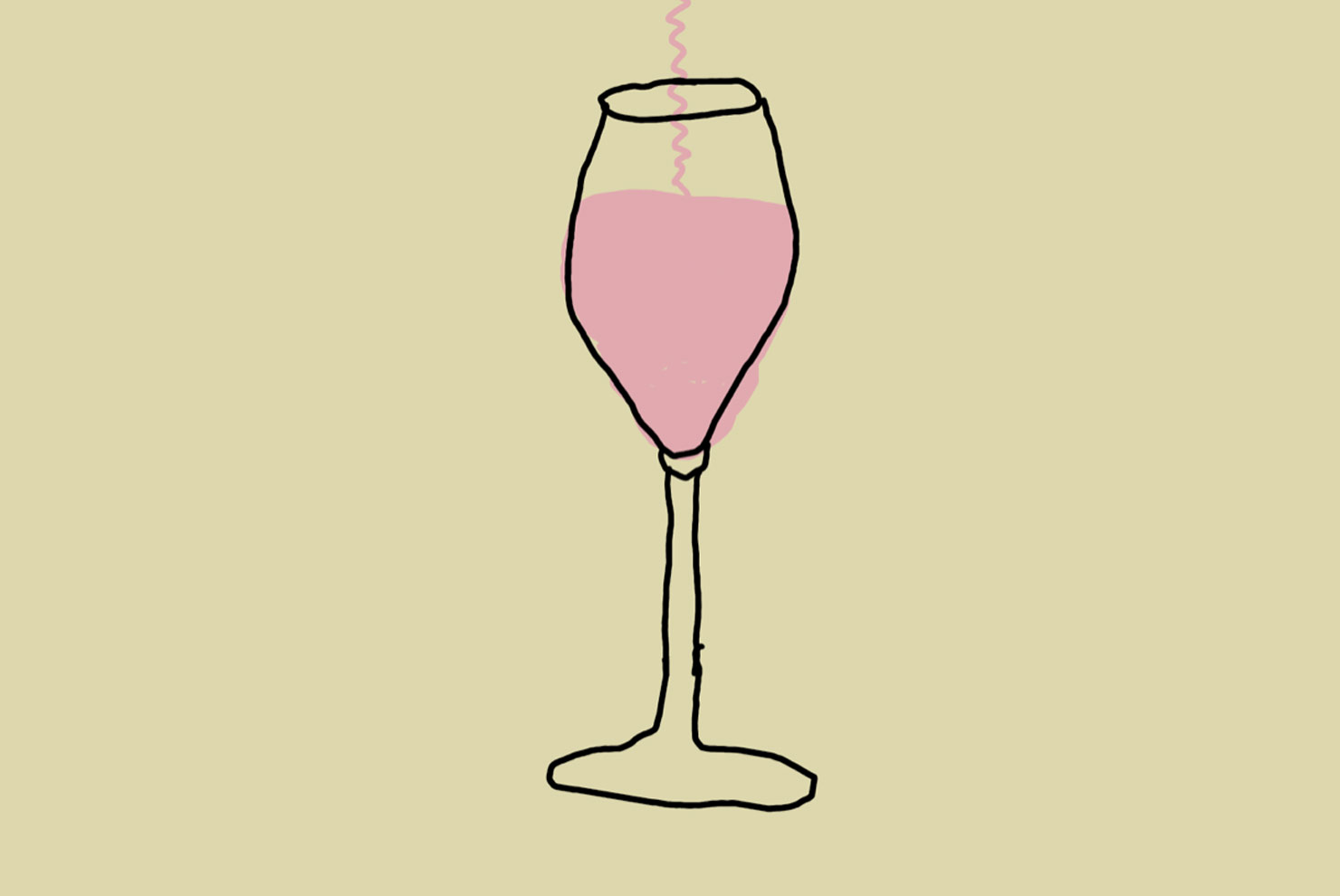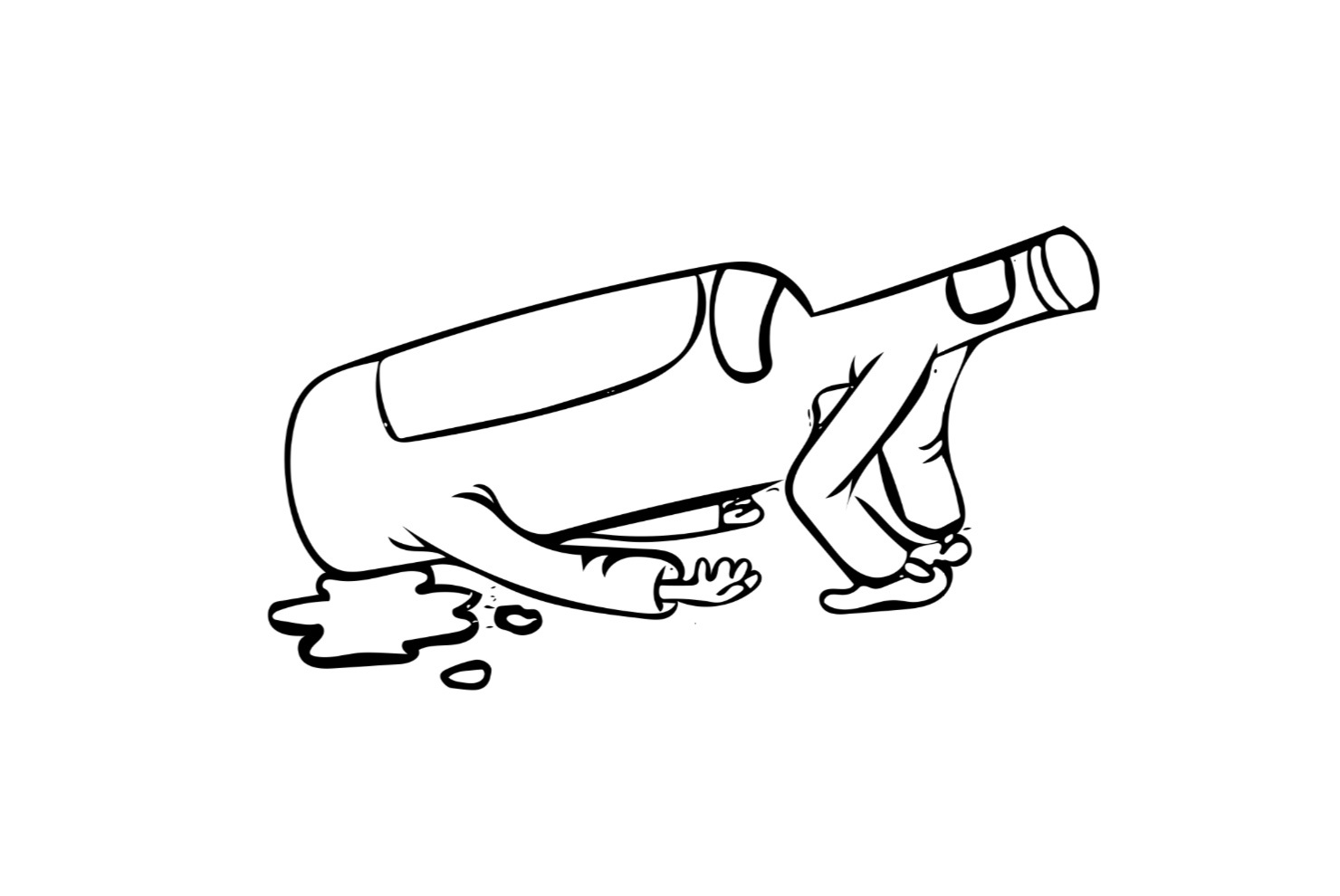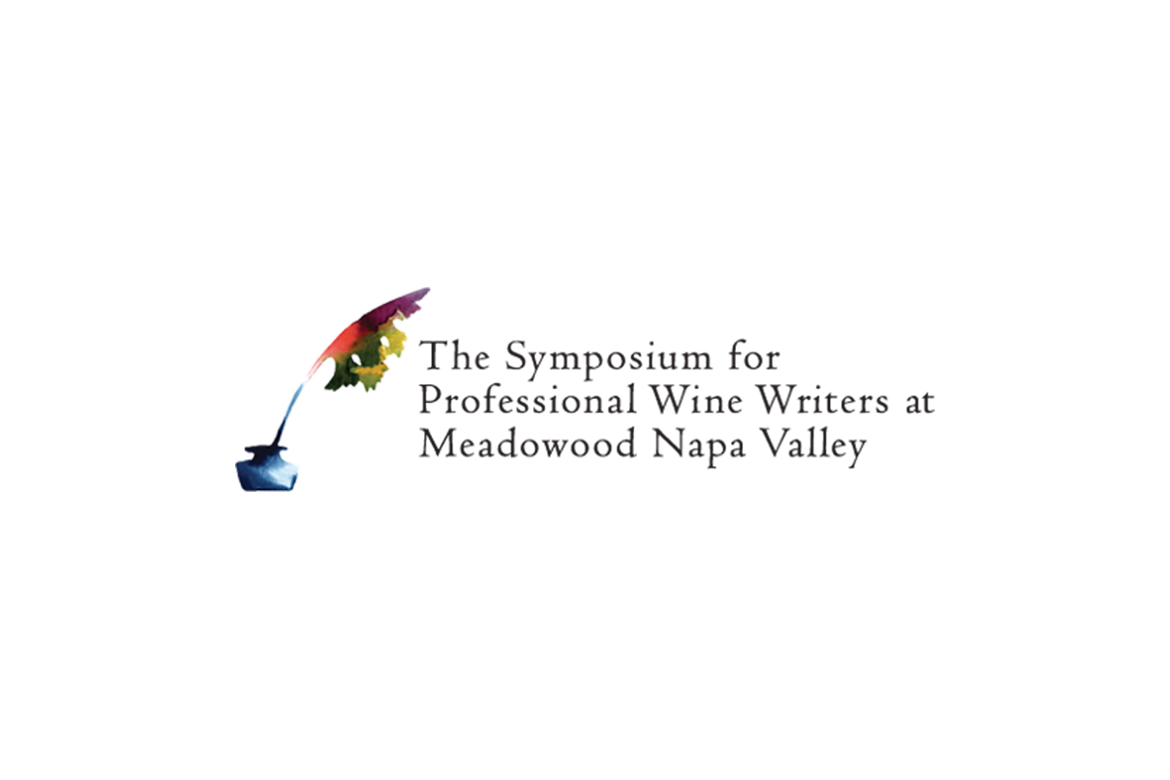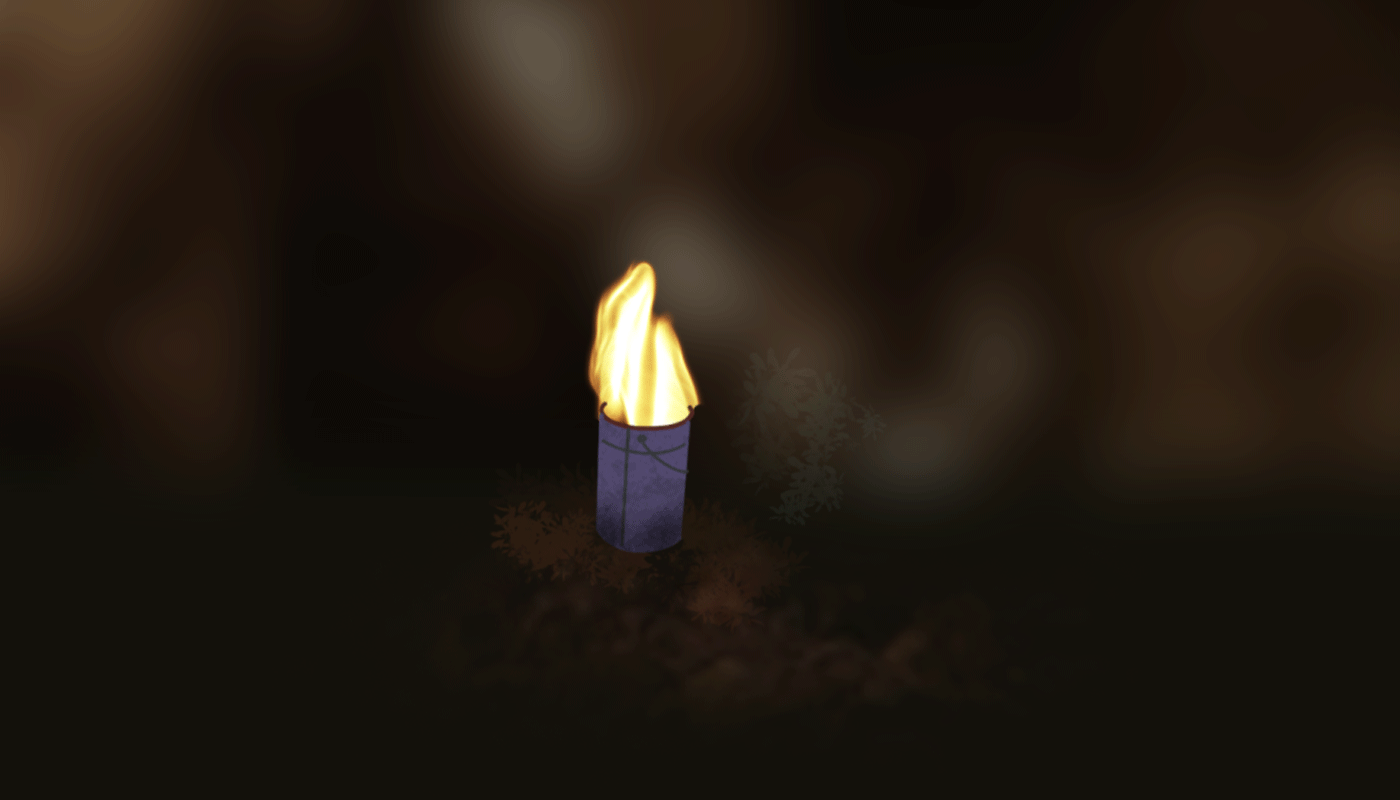Harvest season is looming in the Loire Valley, where winemakers have spent the past weeks emptying out their fermenters and preparing for the arrival of this year’s grapes. This time of year brings a buzz of excitement to winemaking regions across France, with vignerons assembling teams of workers that will spend long days picking grapes, which will be hauled to their cellars, the reward for a year of hard work in the vines.
For an increasing number of winemakers in France, however, harvest season has become associated more with anxiety than excitement. Instead of the annual preparation of wine cellars and the welcoming of harvesters, more and more natural winemakers have been forced to add road trips to other regions and phone calls arranging the purchase of grapes to their new harvest preparation ritual.
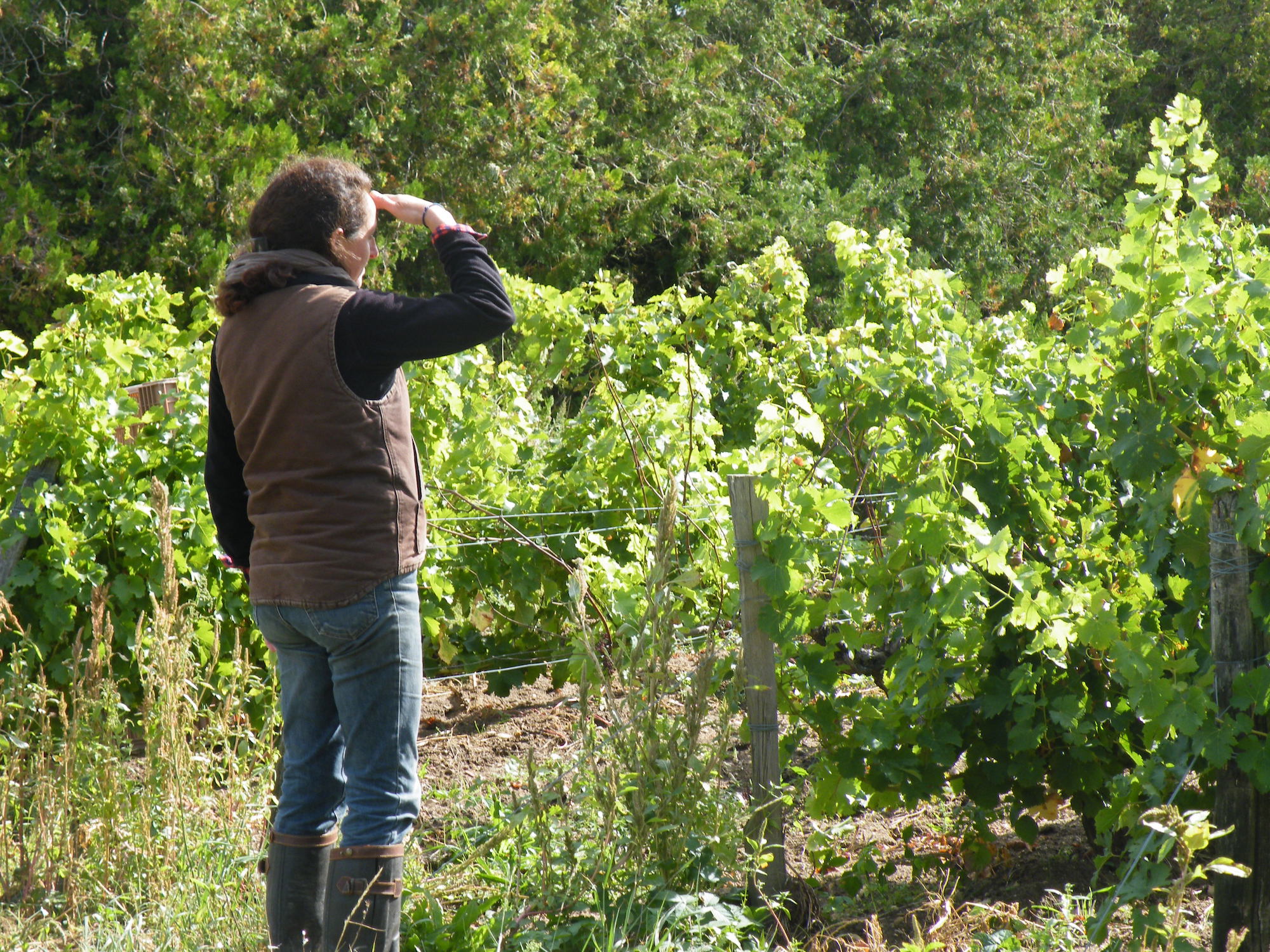
Two consecutive years of disastrous frosts on the vines have left Loire Valley winemakers facing a harvest season where there are hardly any grapes to pick. With stock dwindling in the cellars, loans to reimburse, and professional projects to assure, French winemakers have been forced to get creative when it comes to assuring the viability of their careers.
While winemaking has always been a precarious profession, due to a long list of environmental factors and the influence of mother nature, the increasing occurrence of frost on the vines is giving winemakers in affected regions reason to reconsider how to continue in their métier. “You know when you start your career as a young winemaker that in the course of ten years you’re bound to have one année blanche—whether it be due to hail, frost, or scorched vines—it’s unavoidable,” says Montlouis winemaker Bertrand Jousset. The Domaine Jousset has been victim to frost four times since 2012, making it one of many domaines that are an exception to the “one year out of ten” rule.
Bertrand and Lise Jousset are not alone, with their neighbors in Montlouis, nearby Vouvray, and many other regions in the Loire Valley experiencing the same devastating effects of the frost. Losing your vines to extreme weather is a risk that comes with the job, but Bertrand sees the trend as indicative of the growing threat of changing climates. Jousset sums up the plight of the modern winemaker with the epicurean flair of an unmistakably French vigneron: “With the changing climate, we no longer know what sauce we’re going to be eaten with.”
Mildew, droughts, insect infestations, hail, and other factors are all on the list of threats to a grapevine’s health, but it’s mostly frost that winemakers are preoccupied with protecting themselves against these days. After losing 90 percent of their vines in 2012 and half the harvest in 2013, the Domaine Jousset was relieved to remain untouched and produce wine in the two years that followed. “And then the 2016 frost hit and it was a catastrophe,” Bertrand explains. “We didn’t have any stock in the cellar because of the frost in 2012 and 2013, so we decided to take action collectively with the other winemakers of the region.”
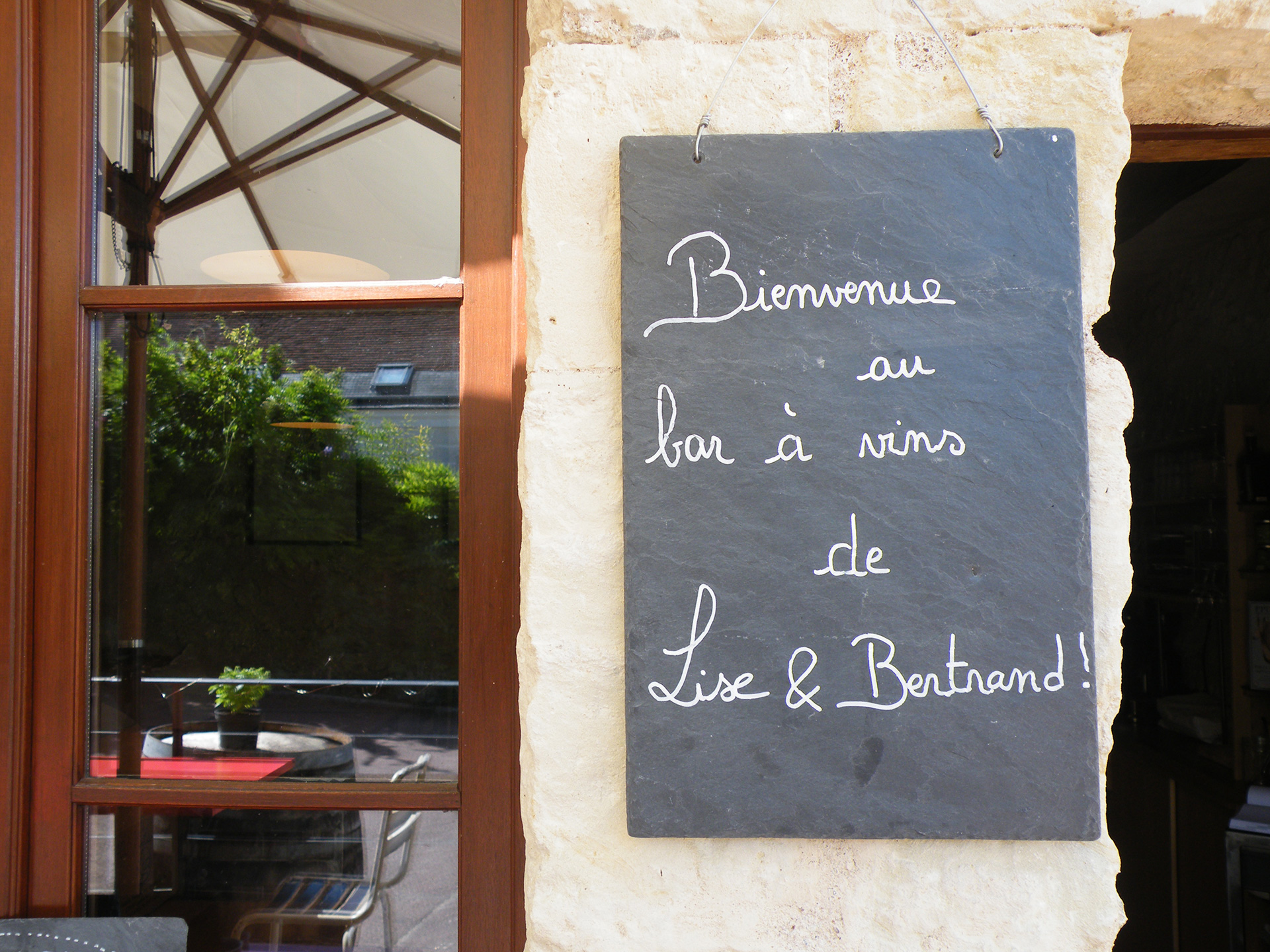
Thanks to the community that came together that year, 30 out of the 40 winemakers in Montlouis quickly consulted each other to create a plan of action when the frost threatened again in spring of 2017. “We knew that there were farmers who used helicopters in New Zealand, Quebec, and other places with complicated springtimes, so we did some research and decided to spend money on renting a helicopter to try and protect ourselves as much as we could,” he says. Helicopters hovered over the vines, which turned the vineyards into overnight battlegrounds, with flames from piles of hay creating smoke screens while the deafening roar of choppers thundered overhead, recirculating the warmer air from above and projecting it to the ground.
For two weeks, the Montlouis winemakers arranged for helicopters to fly over their vines in the predawn skies when the temperature drop was most threatening to the budding branches. After three straight days of waking up at midnight to prepare and oversee the mission during the second week, the collective decided the threat of frost had passed. “We consulted with meteorologists who said there was no more risk of frost after that Friday, but on Saturday morning, the frost hit,” Bertrand says. “We had put hundreds of thermometers in the vines, several of which were linked to our cell phones, and at 2:00 in the morning all our alarms went off—it was -2 °C [28.4 °F] in the vines and there was nothing we could do about it.” The Joussets lost 60 percent of their vineyard that morning.
Shortly after frost hit the region, Loir-et-Cher–based winemaker Thierry Puzelat voiced his concerns about the weather on social media: “Overall we lost about 90 percent [of our vines]. Eleven frost years since ’91, of which three were black [frosts that happen in the middle of the night]. As a reminder, Père Puzelat saw 6 or 7 frosts between ’45 and ’89. I hope that climate-change skeptics will take this into account and bugger off, ideally to another planet.”
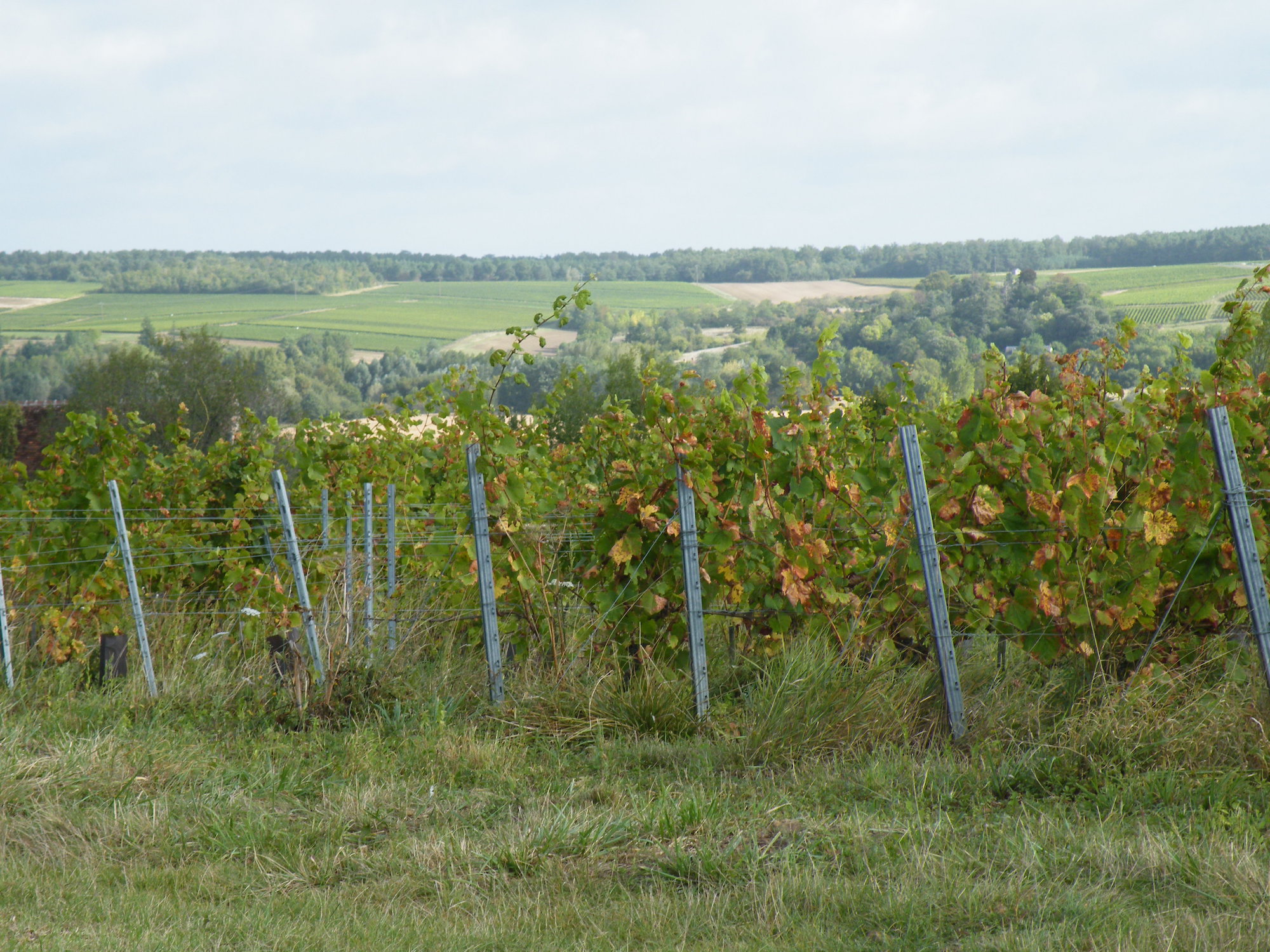
Less than a half an hour away from Puzelat’s vines, in the village of Pouillé, Noëlla Morantin woke up to the same tragic Saturday morning realization that had sounded off alarms in Montlouis. Morantin’s largest plots of Sauvignon looked as if they had been passed over by an evil wizard, blackening the buds and branches while the rest of the countryside was still under an enchanting springtime spell. Le Bois Lucas, Morantin’s plot of Gamay, was also struck by the frost. As the harvest season approached, she wasn’t even sure she’d get five hectoliters per hectare [2.47 acres].”
After realizing the extent of the loss in the vines, Morantin began thinking of solutions for saving her year. “I immediately grabbed my phone and started calling people, trying to find grapes to buy.” This practice, which French winemakers refer to as négoce, is the most obvious way to continue in this profession when your own vineyard is subject to consecutive, consequential losses. “Le négoce keeps us alive,” Bertrand explains. “Today the grapes we buy keep us in business… I wasn’t a fan of buying grapes [at first] but we didn’t have a choice.”
For Bertrand, the future of winemaking in the region involves including an aspect of négoce in your business plan. “If a young person wanted to start making wine in the Loire, I’d advise them not to do it—or only do it if you have something like three to four hectares of grapevines and then on the side you start buying grapes right away.”
For those already making wine in the Loire, they must deal with the harsh reality of the changing conditions. “Psychologically it hit me really hard,” Morantin says. “I’m incredibly disappointed. It’s a bummer to have invested my time and money for nothing. I’ve been making wine professionally for nine years now and they say it takes 10 years before a winemaker starts to be profitable. This was the moment when things were going well, my business was healthy and now I’m going to go back into debt because all the money I have saved is going to go to buying grapes this year.”
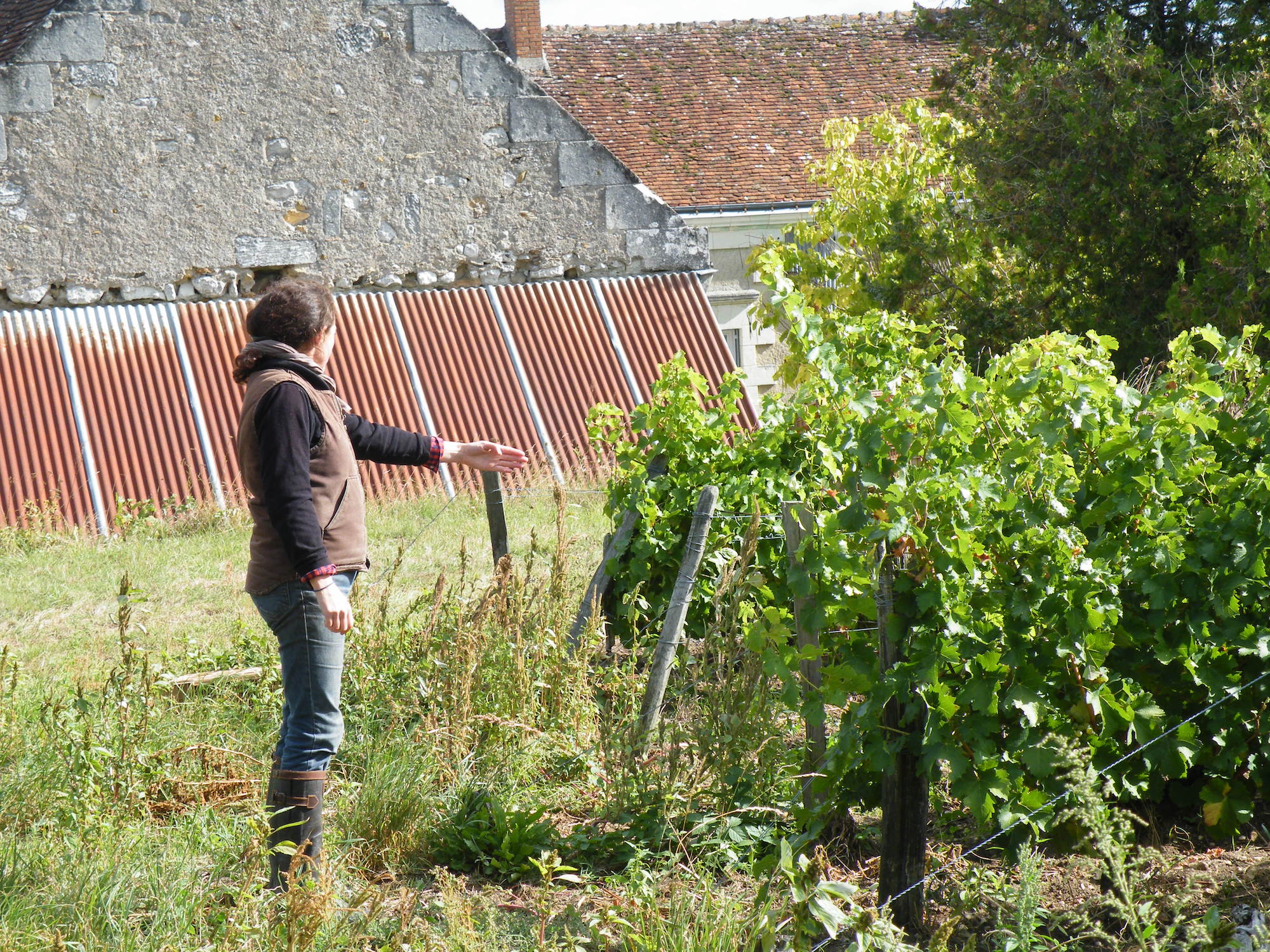
For young winemakers who are still early in their careers, the lost years can be even more devastating. Jacques Février, who started making wine in the Coteaux d’Ancenis in 2014, has had to deal with frost two out of the three years of his career as an independent winemaker. “It took me a while to get over the loss, but being able to talk with other winemakers has helped,” he says. Like the 30 winemakers working together in Montlouis, community has been crucial to the vignerons in Février’s region. “This year I have a winemaker friend who offered to sell me some grapes, so that helps.” In order to survive the years to come, winemakers in his region are putting together long-term plans. “For the future, we’re working with our colleagues to start a small grape buying business that would help protect us during rough years. Our goal is to motivate conventional winemakers in the Muscadet region to cultivate plots using organic methods.”
Natural winemakers inspiring their conventional colleagues to grow grapes organically may be one positive aspect of the situation. Another is that it prompts a reflection on how winemakers have worked up until now. “When all is said and done, this situation serves as a reminder that monoculture is bullshit,” Bertrand says. “We’ve been doing it for 30 years but it’s going to be harder and harder to keep it up in the years ahead.”
It seems like the obvious choice is to diversify. While some winemakers, such as one of Morantin’s neighbors, Julien Pineau, are considering bringing more biodiversity into their vines, the possibilities are endless. The Joussets are currently weighing their options. “Right now we’ve decided we will definitely scale back the size of our domaine, and then there’s the wine bar,” he says, pausing to gesture toward the terrace where we sat talking on a hot August morning. “Maybe we’ll expand this project—turn it into a full-on restaurant.”
The small bistro that the Joussets opened this summer as an experiment has closed its doors during the harvest season, but will reopen on weekends and for special events throughout the winter. The bistro serves the Domaine’s wines (up from 6 to 16 vintages including varietals from the south of France that the Domaine has been buying for the past two years), as well as wines from around the world. The wine bar’s success in just three months was promising, though Bertrand was disappointed that guests didn’t explore the selection of foreign wines. As winemakers are increasingly obligated to import grapes from around the country, one can’t blame customers for wanting to enjoy the local varietals while they last.
Emily Dilling (@parispaysanne) is a freelance journalist and based in the Loire Valley. Read more Emily Dilling on Sprudge Wine.




